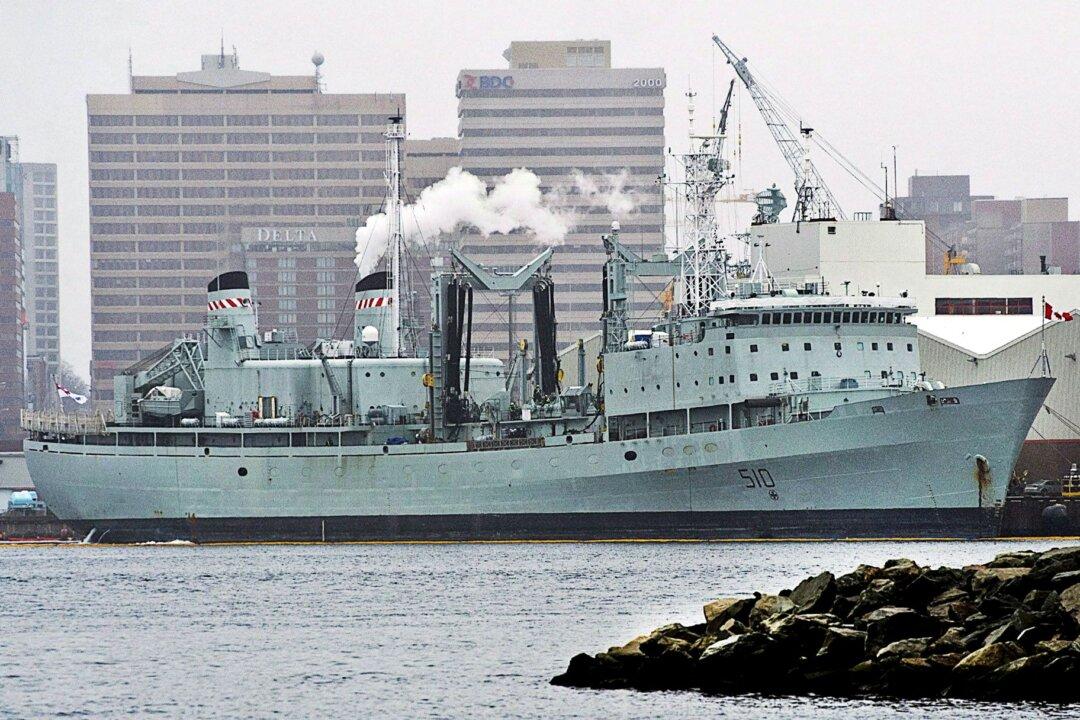The Liberal government announced its new cabinet on Nov. 20—the very same day the Canadian Global Affairs Institute hosted its annual event on the topic of military procurement. Given that an overhaul in that area is sorely needed, Canada can learn a lot from Australia, Ian Mack wrote in a recent report for the institute.
Mack is uniquely qualified to make that assessment, having worked with both governments in their process of awarding contracts for military sea vessels. While he believes both countries had an acceptable result, his report, titled “Another Way to Buy Frigates,” suggests the Canadian approach adds work, balloons costs, and delays success.





